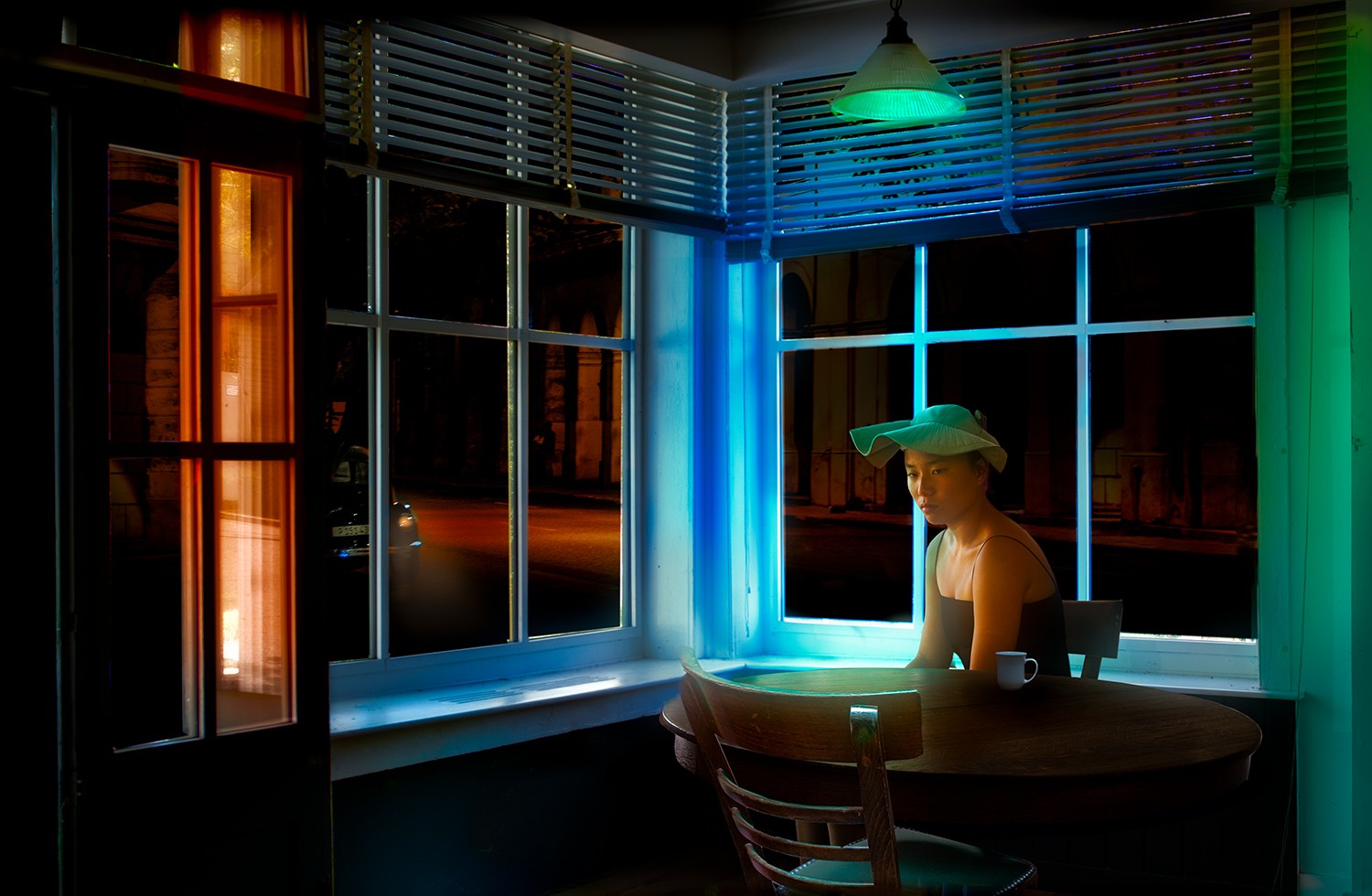We recently connected with Fran Forman and have shared our conversation below.
Alright, Fran thanks for taking the time to share your stories and insights with us today. We’d love to hear about the things you feel your parents did right and how those things have impacted your career and life.
As a child, I was always drawing. And although my parents came from a tradition in which girls were supposed to just get married and leave the working to the husband, my mother early on encouraged me to think of art as a career. She knew I loved drawing (I always had a pencil and paper in my hands), and she suggested I become a medical illustrator. Unfortunately, my talents didn’t pertain to science. But the fact that she encouraged me, a mere girl in the 1950s, to think of art as a career astonishes me to this day.


Fran, before we move on to more of these sorts of questions, can you take some time to bring our readers up to speed on you and what you do?
As I mentioned, I was always drawing, and in college I wanted to continue drawing and painting as well as study history, sociology, politics, and psychology. But it was the 60s, I became involved in movements to end the war in Vietnam and to demand voting rights for all Americans, and had less time for school. After college, I entered a graduate program for social work and worked with Veterans, children, and heroin addicts. But I continued drawing and wanted to see where my art would take me. I took a plunge, turned down a post-Masters fellowship in substance abuse administration, and felt as if I were jumping into a black hole. I studied various art media and traveled and explored for a year. While painting the walls of a bomb shelter in northern Israel, I met a visiting professor of graphic design who explained what this career involved. It was then and there that I knew what I needed to do: get back to the States and get into an MFA program that would combine my interests in art, psychology, and communication. As a designer, I was particularly interested in typography and how the shape and placement of each letter and its negative spacing can impact the viewer. I also ‘discovered’ photography and soon learned I could express myself better with the camera than I could with my drawings. When I learned Photoshop in 1992, I began to composite my photography with my designs. Another new world opened up. My first major project was a two-year design for a hyper-linked, visually rich CD-rom about Jack Kerouac for Penguin Books, a prescient project indeed. Over the next fifteen years, I applied these skills for various organizations and non-profits, including a website devoted to the African diaspora.
Once my kids were safely launched, I entered a new phase: creating fine art photo-montage and mixed media work, which I happily continue today. I’ve published several books, teach photo-montage, and exhibit my work here and abroad.


What do you find most rewarding about being a creative?
I love what I do. I can’t imagine doing anything other than creating visual narratives, telling stories with photographs, drawing and painting using my stylus rather than a paintbrush. I’m willing to forgo financial remuneration, although teaching and sales helps. As an artist, I’ve learned to see, to appreciate light and shadow, colors’s relationship to one another, the art of others, the textures everywhere around me. Being an artist is a way of being in the world, a way of focusing attention, a way to express my emotions visually and usually unconsciously, and a way of appreciating the interconnectedness of all species.


We’d love to hear a story of resilience from your journey.
I was phobic about learning a new technology and hesitant about learning how to use a computer. I had hated math and assumed I had no aptitude for it. In fact, I naively didn’t understand how it could help me as a designer. But in 1989, kicking and screaming, I learned how to use a Mac and how to make pictures with it. I quickly embraced it as a new drawing tool. I’m not a fast learner, but I’m perserverant. Soon I was designing a 40-page catalogue on my little Mac and its 9″ monitor. A few years later, I jumped at the chance to learn mixed media and loved combining my images with sound and animation. Since those early days, I spend most of my time designing, creating, and compositing photographic images and manipulating them on the computer This is the process I use today.. I’m now experimenting with creating little videos synced with sound and experimenting with text to image generators, a new tool that fits seamlessly into my workflow.


Contact Info:
- Website: www.franforman.com
- Instagram: https://www.instagram.com/franforman/
- Facebook: https://www.facebook.com/fran.forman1
- Linkedin: https://www.linkedin.com/in/franforman/
- Twitter: https://twitter.com/franforman
- Youtube: https://www.youtube.com/watch?v=SNoFjwBkPic
- Other: BOOKS: The Rest Between Two Notes https://www.franforman.com/the-rest-between-two-notes Escape Artist https://www.franforman.com/escapeartist and Threads.net/franforman
Image Credits
Photo of Fran by Julia Dean


